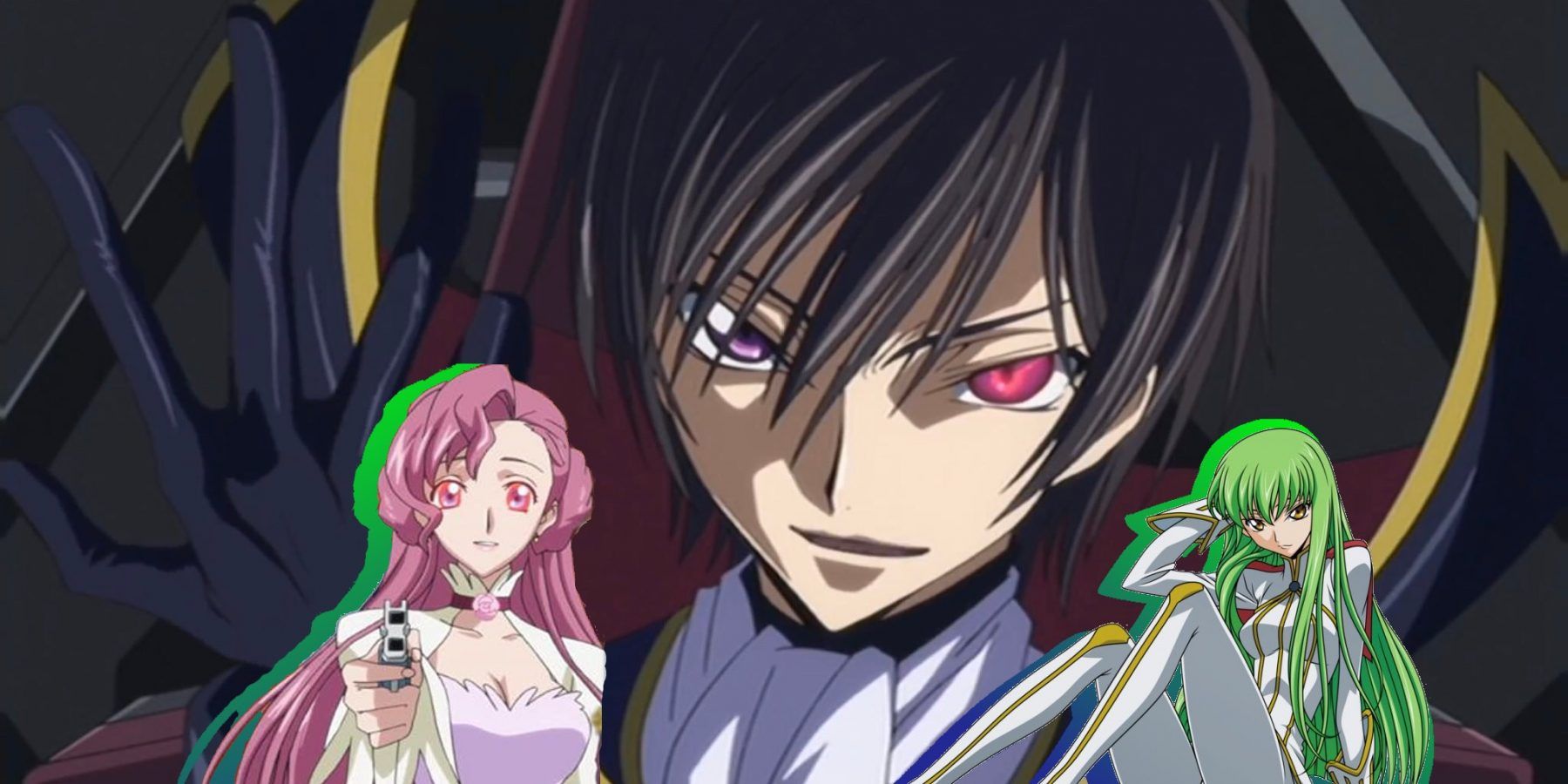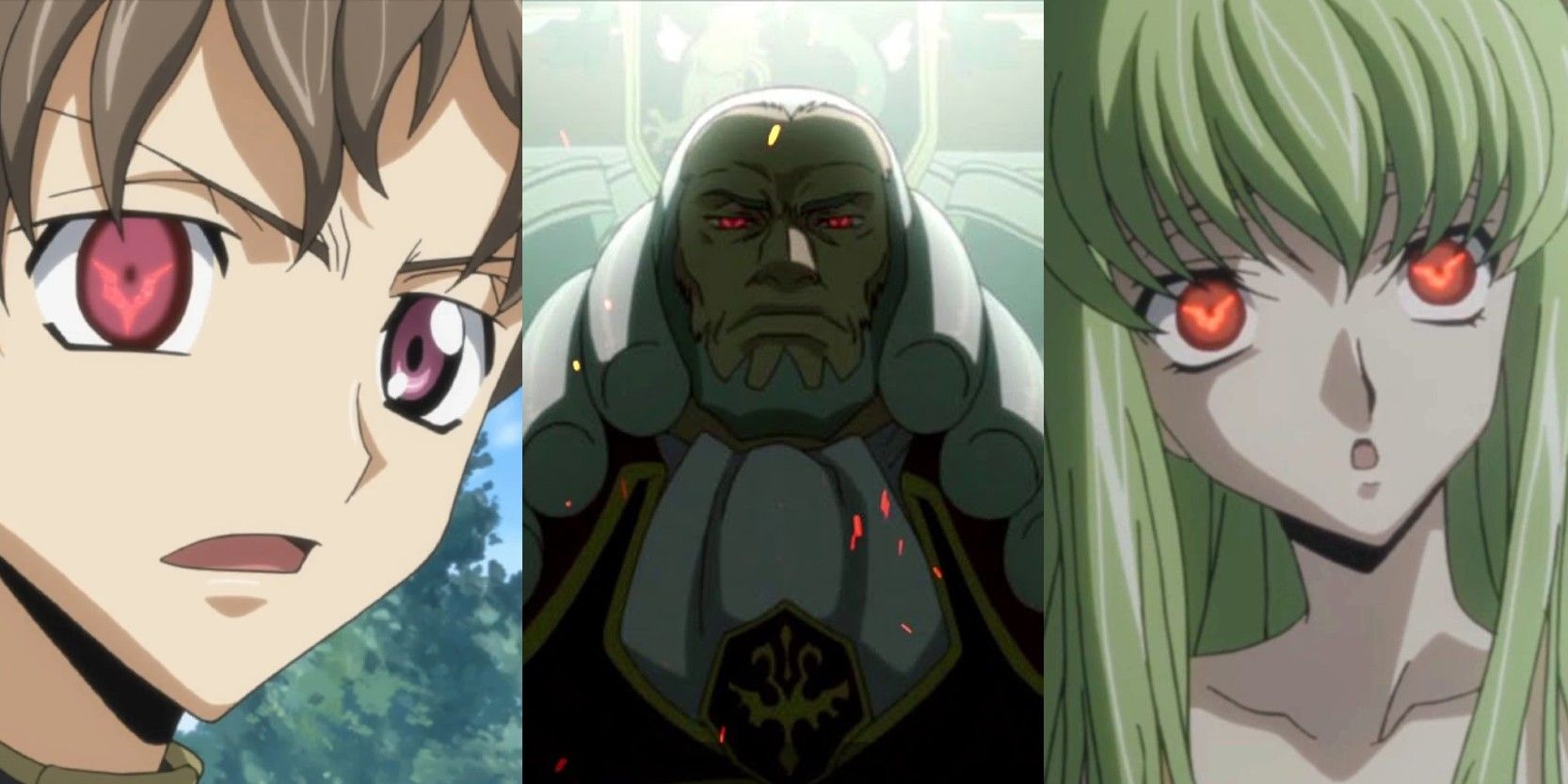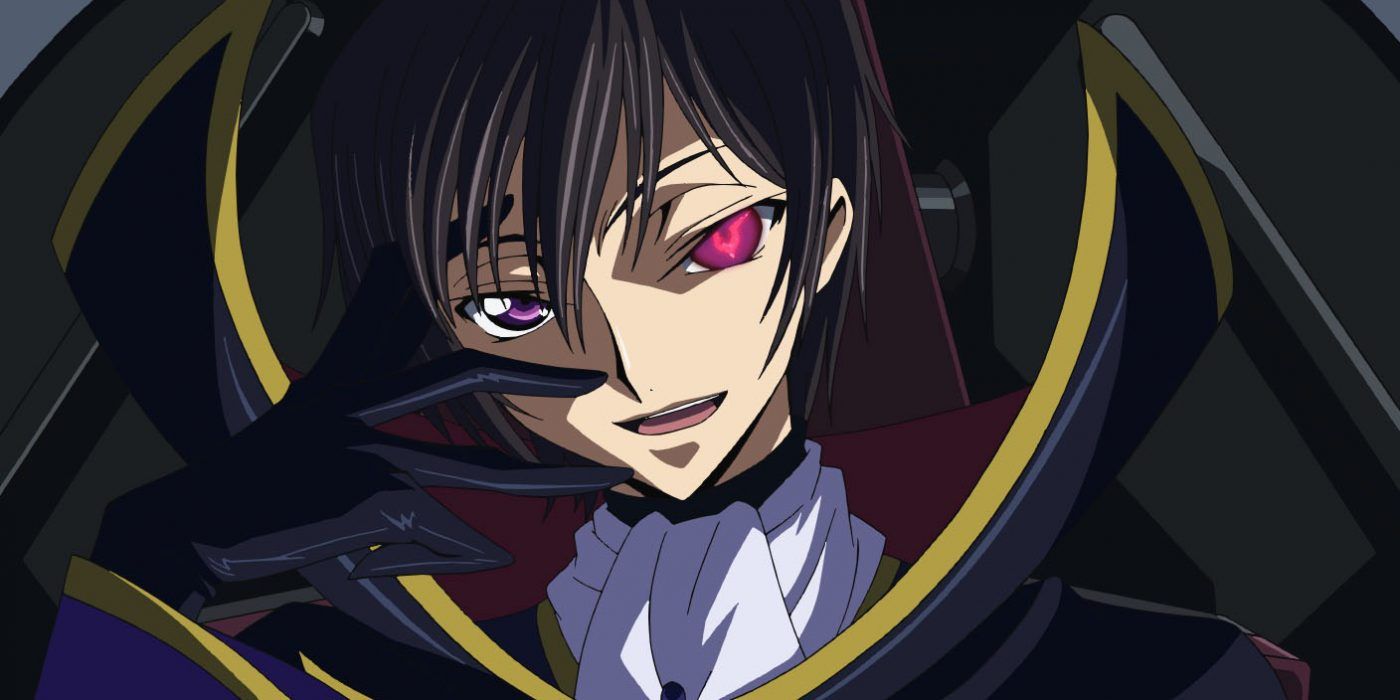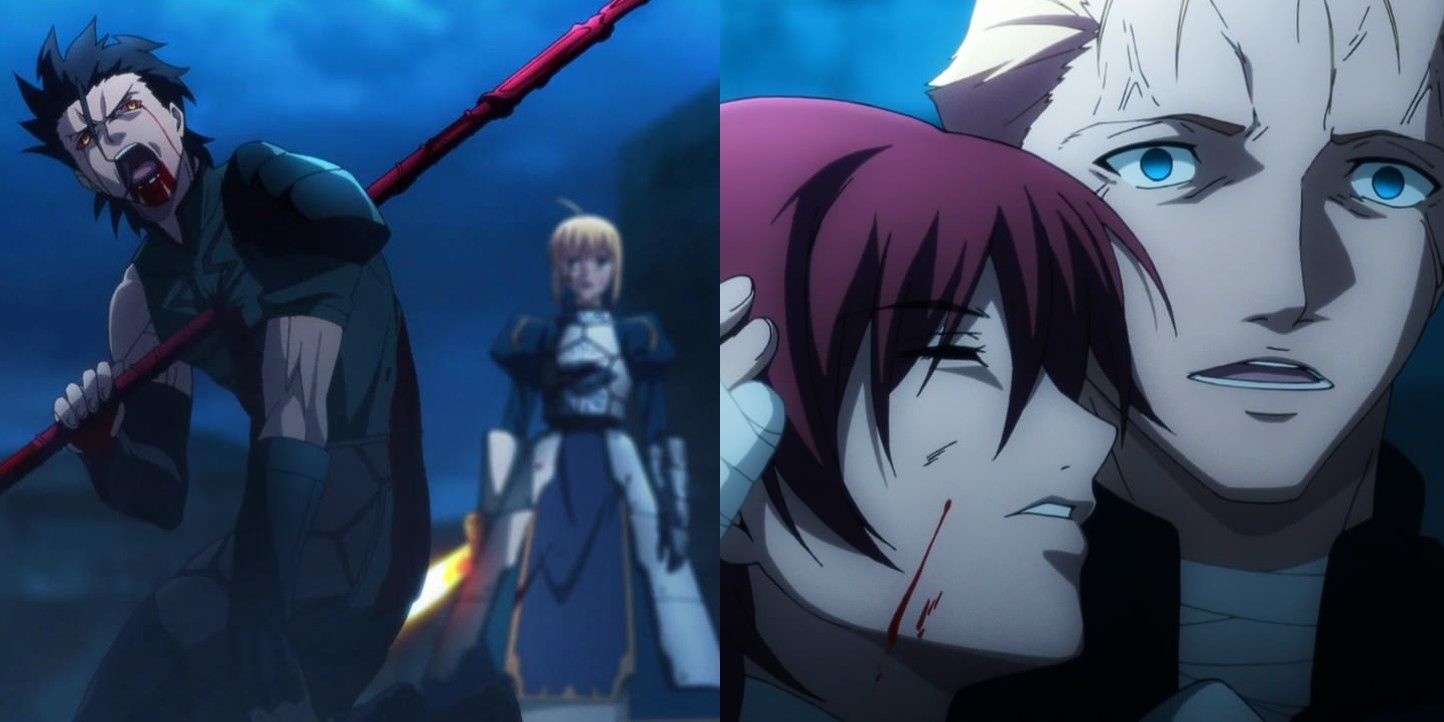WARNING: The following article contains brief discussion of suicide.
Central to the storyline of Code Geass: Lelouch of the Rebellion is the titular power known as a Geass. Steeped in mystery, this force serves as the guiding hand behind most of the plot's major events. Even so, the precise nature and origins of this property remain a relative enigma.
Behind this multifaceted ability lies a deep and intriguing heritage, both within the universe of Code Geass and in real-life mythology. This device not only serves as the basis for one of the most recognizable anime of modern times, but has driven storytelling for eons leading up to it.
In Code Geass itself, a Geass can refer to any one of a myriad of different powers. The capabilities of each Geass differs, but it often has some sort of mental manipulation gimmick to it. For example, double agent Rolo Lamperouge's Geass allows him to freeze the perception of time for anybody within a certain radius, while Emperor Charles zi Britannia's lets him completely rewrite his victims' memories.
Each Geass is bestowed upon its user by an immortal Code bearer, who can neither age nor die of natural causes. Though there is no complete account of it within the story, there is heavy implication that Code bearers are themselves former Geass users who finally grew strong enough to kill their benefactors and take their Code for themselves. This was the case for C.C., who was groomed by a Code-bearing nun to cultivate her Geass which made people fall in love with her.
While there are numerous characters throughout the series who possess either a Code or a Geass, the best-known and most important Geass is that of exiled prince Lelouch vi Britannia/Lamperouge. Lelouch's Geass gives him the ability to issue a single unbreakable command to anybody he makes eye contact with. Not only is this the first Geass to be presented in Code Geass, it is also bears a strong resemblance to the Geass's mythological origins.
The geas, literally meaning "taboo" in the Irish language, is a reoccurring element in Celtic mythologies. It refers to a strong curse or magical stipulation placed upon an individual which either compels them to act in a certain way or forbids a particular action. Though obeying one's geas can result in strength and blessings for the one sealed with it, breaking it can lead to severe consequences -- up to and including death, as was the case for the folk hero Cú Chulainn.
Initially one of the central figures of the Irish Ulster Cycle, anime fans may recognize Cú Chulainn from Fate/Stay Night and its derivative works. In his original legend, Cú Chulainn was a near-godlike warrior who stood victorious through countless battles. As part of his role as a hero, he was subject to a number of geas, including one that forbade him from eating the meat of a dog. To bring about his demise, his enemies conspired to make use of another geas that bound him, which dictated that he must never refuse a food offered to him by a woman. By sending an old woman to bring him a meal of dog meat, they forced him to break one geas or the other, thus sealing his fate.
Additionally, the geas has been used in a number of pieces of fantasy media. Dungeons & Dragons contains a spell that places a singular command upon a creature, who must obey it to avoid severe injury. Other noteworthy examples in anime include that of Kiritsugu Emiya from Fate/Zero, who ironically places a geas upon himself to trick Kayneth El-Melloi Archibald, another participant in the Holy Grail War, to forfeit. He does so by vowing never to directly harm Kayneth or his fiancé Sola Ui, as long the former forces his Servant Diarmuid Ua Duibhne to commit suicide.
Still, even this depiction of a geas takes creative liberties as Kiritsugu is able to have Kayneth eliminated by another person, maintaining his geas through a loophole. While Code Geass may make it impossible for someone to directly act against a Geass-imposed command, it certainly shows how the power can become a double-edged sword, such as when Lelouch loses control of it and accidentally turns his half-sister Euphemia li Britannia into a mass murderer.
All this goes to show that a geas, just like any other idea from ancient mythology, is a useful tool when crafting interesting tales with supernatural twists to them. Though the Code Geass anime concluded several years ago, the creative element of the Geass has had fans yearning for more, even over a decade later. Perhaps that's why its creators plan to revisit the story in the near future with its follow-up series Code Geass: Z of the Recapture.
For more information on the warning signs and prevention of suicide, click here. If you or someone you know is in emotional distress or considering suicide, call the National Suicide Prevention Lifeline at 1-800-273-TALK (8255). If you live outside the U.S., click here for a list of international hotlines.




